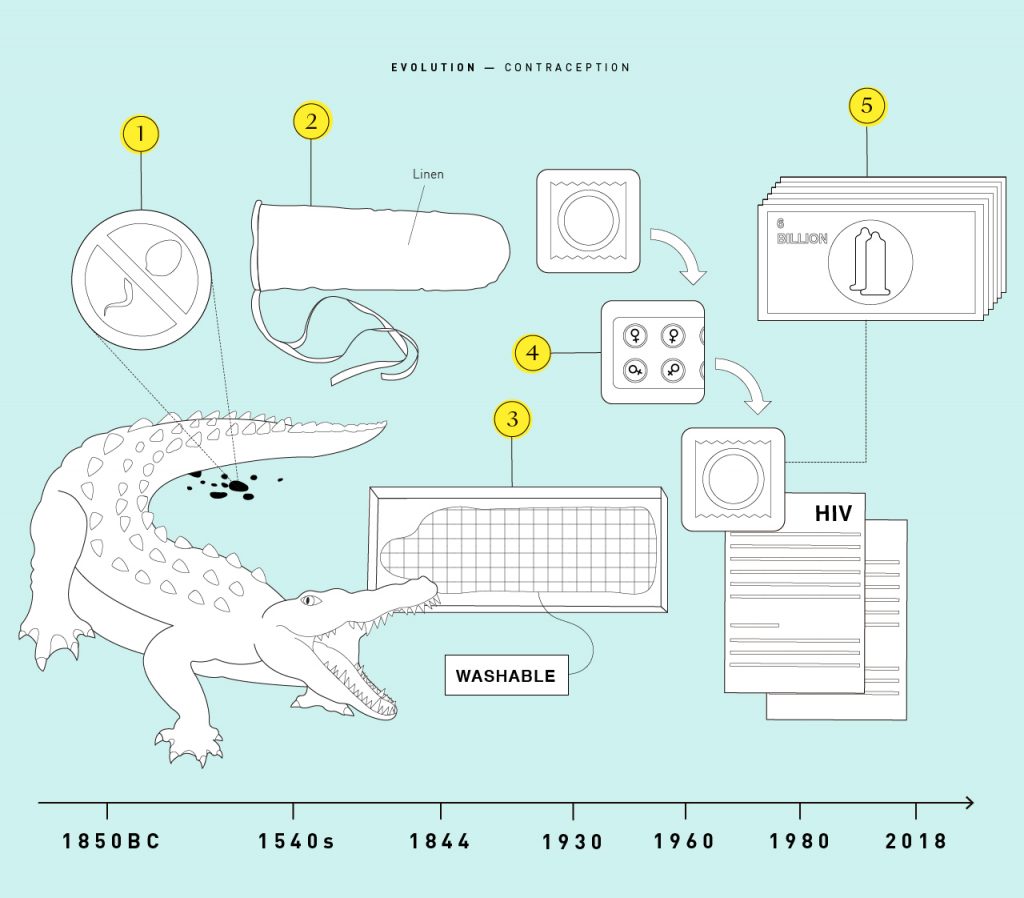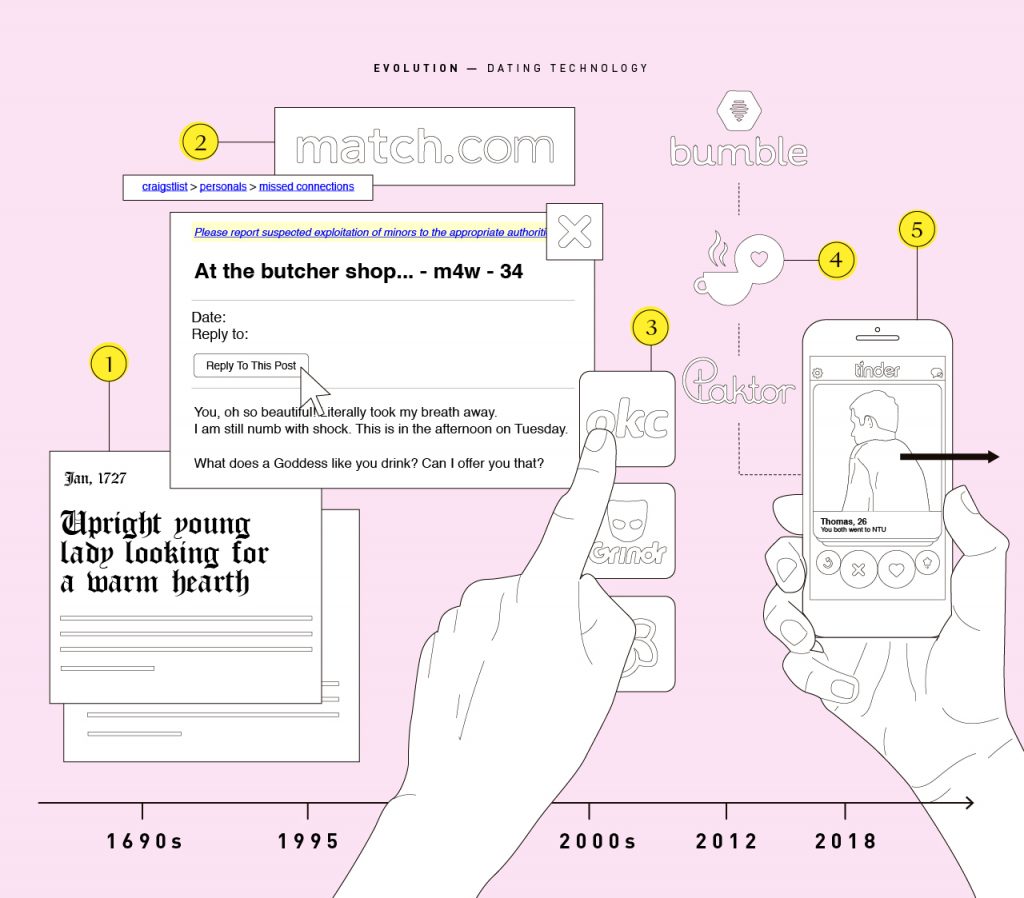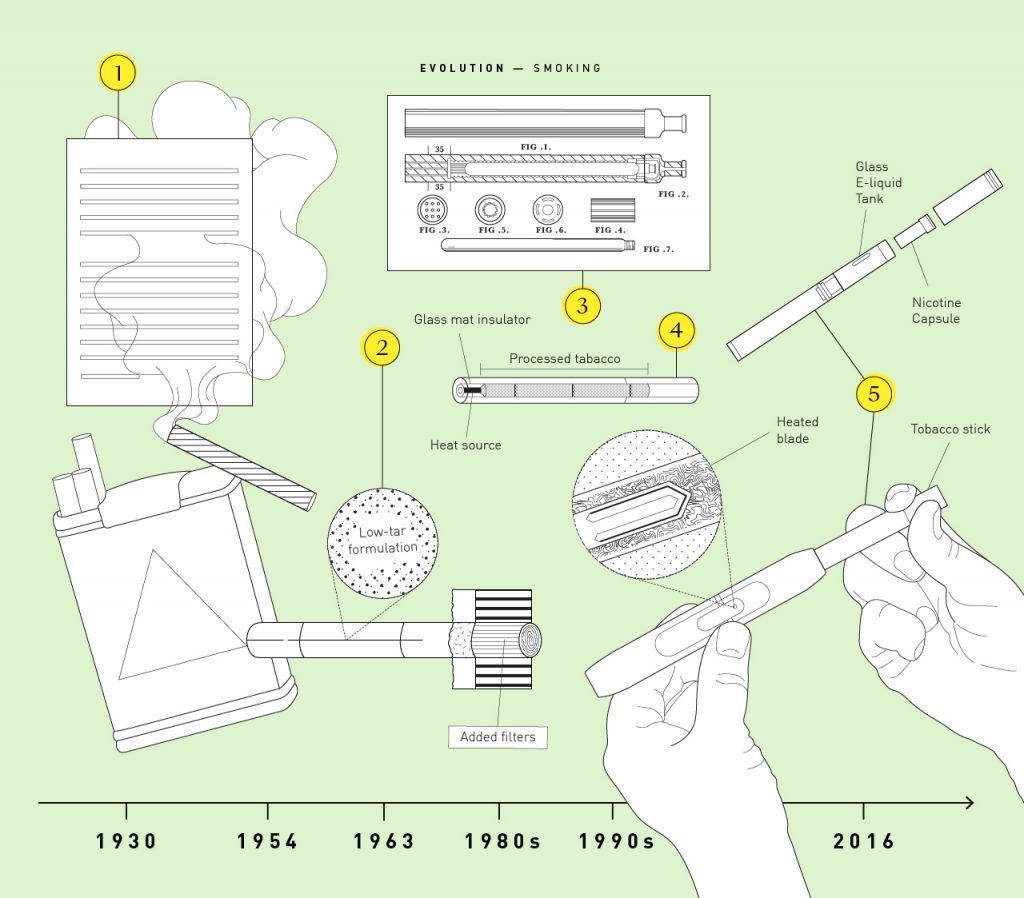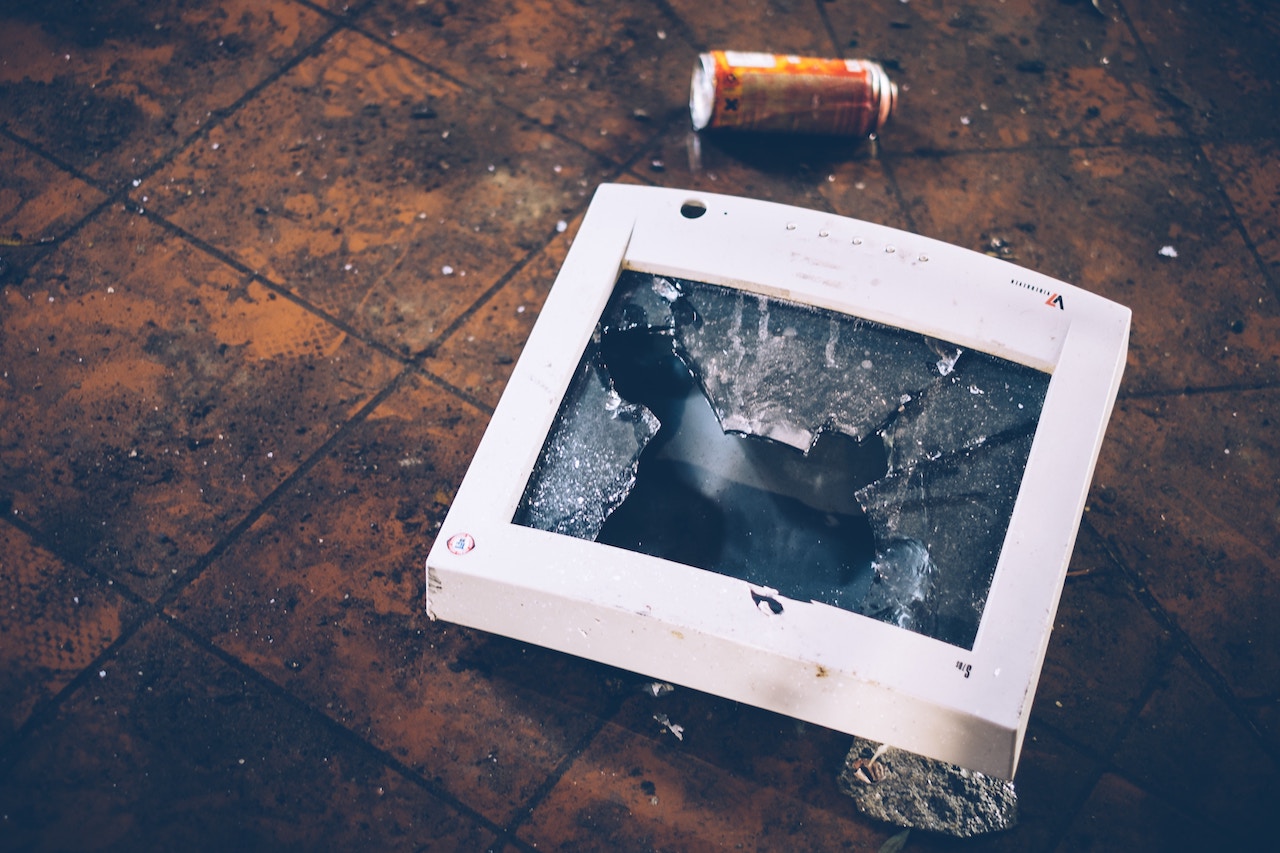On the 24th of November 2014, Singapore launched its Smart Nation initiative. At the time, the belief was that new technological platforms would empower citizens to innovate and craft fresh, imaginative solutions to contemporary problems.
4 years later, it’s arguable that little of these ambitions have materialised. Looking back on the years since 2014, cynics would dismiss the motivations behind the Smart Nation as classic technological determinism—the assumption that if you focus on technology (whatever the broad term implies), positive developments would necessarily follow.
While discussions of technological determinism have originated since the time of Karl Marx, history reveals that it’s actually not that easy to forecast whether or not technology would result in any kind of progress.
There are some clearly good things that have come out of technological innovation. Take the modern condom for example, which took us 200,000 years to invent.
Before latex became the no-brainer material of choice, mankind resorted to some of the grossest materials to make our contraceptives. Animal parts like lamb intestines, tortoise shell, and animal horn were used to cover the head of the penis.
In Ancient Egypt, women were recorded to have inserted dried crocodile dung into the vagina as it was believed that the faecal matter would soften as it reached body temperature, forming an impenetrable barrier.
It was only after the deadly syphilis outbreak in the 15th century that the use of proper contraceptives became more widespread. Linen sheaths that covered the entire penis were introduced to protect men against sexually transmitted diseases, before rubber condoms came into vogue from the late 19th century.

But that’s the point, and the amazing potential, of technological innovation. It can improve our lives by bringing convenience, enforcing safety, or simply raising the overall standard of living.
Likewise, we invented HEATTECH clothing because we can’t run after the bus in three layers of mink fur.
On the other side of the spectrum, however, there are things like Tinder and Coffee Meets Bagel.
These apps entered our lives because a handful individuals saw a need for people who are too busy, lazy, or awkward. And in just a few years, we went from “What, you’re on Tinder !?” to “What, you’re not on Tinder !?”
Yet while these apps have undoubtedly allowed plenty of genuine relationships to blossom, they’ve also made it easier to both hook up and squeeze free meals out of unsuspecting dates.
On top of all this, we’ve started bored-swiping when taking dumps, and mourning the death of true love. Which then begs the question: Are technological innovations like online dating apps ultimately good or bad? How does one even know?

The mobile phone, for instance, was initially conceived as the ultimate solution to convenient communications. Today, it poses a serious addiction problem to users of all ages.
But should we be worried?
Just a few hundred years ago, bedtime reading was distracting so many people and causing fires to be started by bedside candles that reading was considered a “fire hazard”. Now, the book is considered a symbol of knowledge and a necessity in every Asian child’s backpack.
For decades, smoking has been impossible to eradicate. But innovation over the last few years has opened the doors to that possibility.
Electronic cigarettes, which came into the market in 2004, allow smokers to inhale a vapour that is much less harmful. However they often leave smokers dissatisfied and are also seen as a possible gateway drug.
Heat-not-burn tobacco products, a more recent alternative, could become a more viable substitute to help smokers quit by retaining the taste and sensory satisfaction of smoking without most of the harmful effects.

Today, we lead longer, healthier and safer lives than our predecessors. It’s the culmination of research and innovation whose foremost goal is to better mankind and society, and this will continue to be the driving force of our species’ evolution.
Technology isn’t all perfect, and in our pursuit of science, comfort and overall happiness, it’s important that we remain wary of inventions could actually end up hurting us more.
For now, the world waits with bated breath for a “dry orgasm” version of male contraception.






